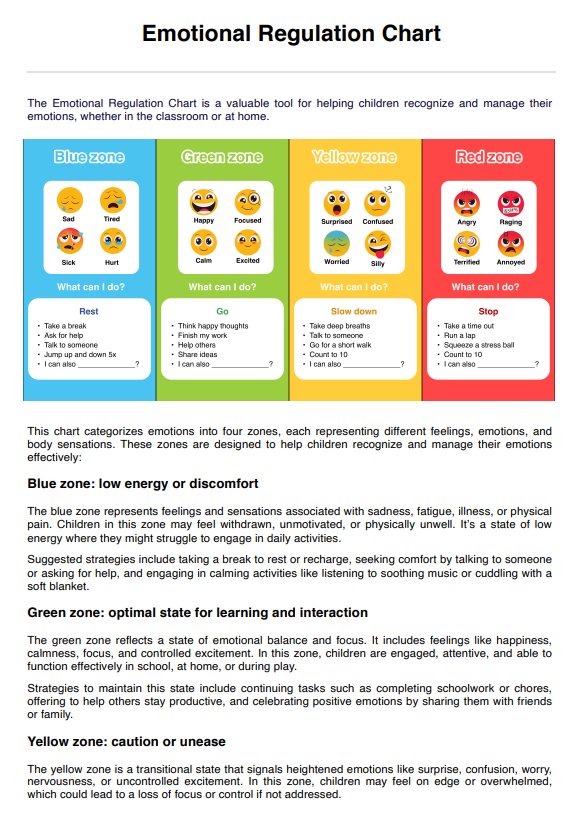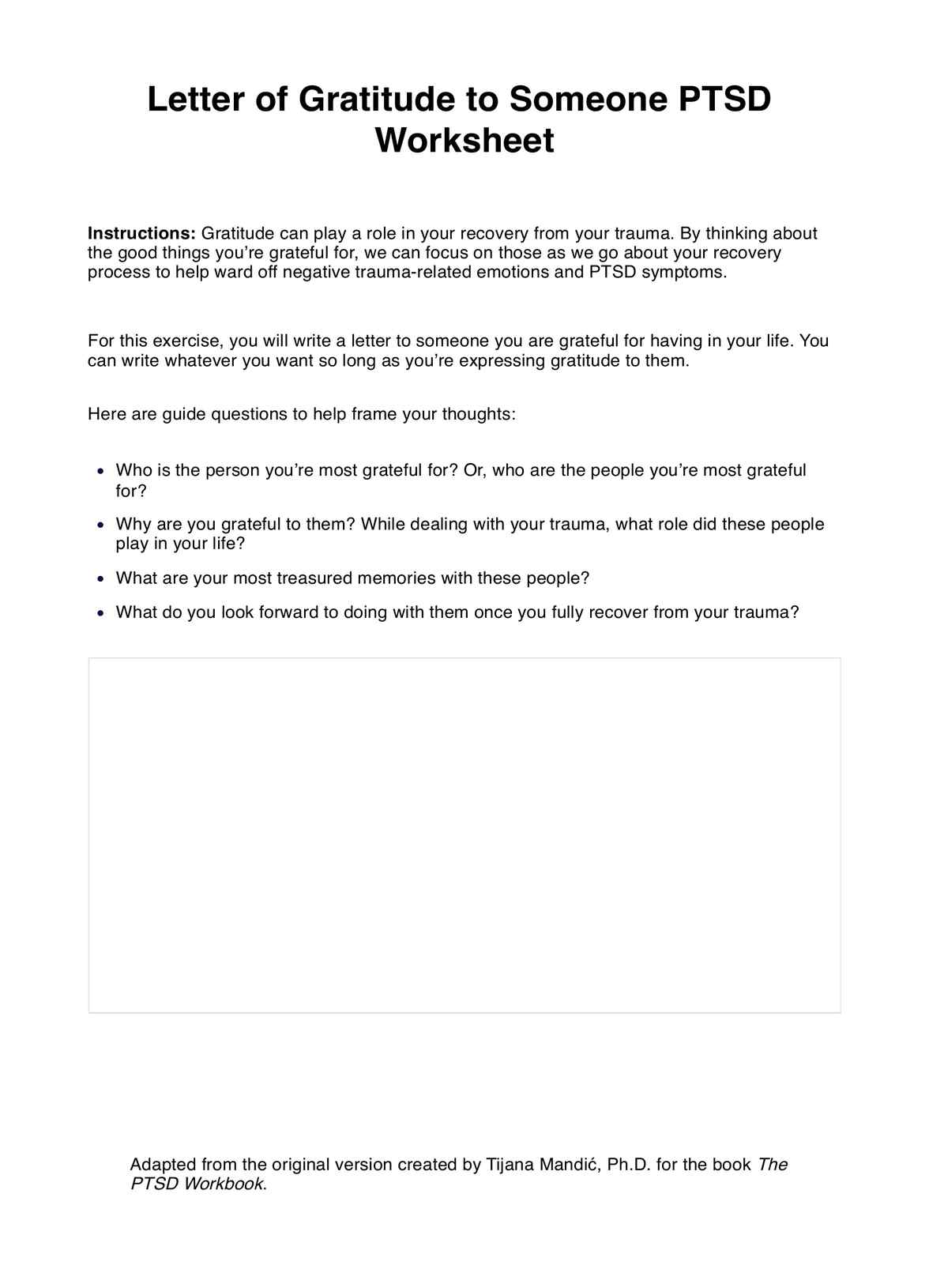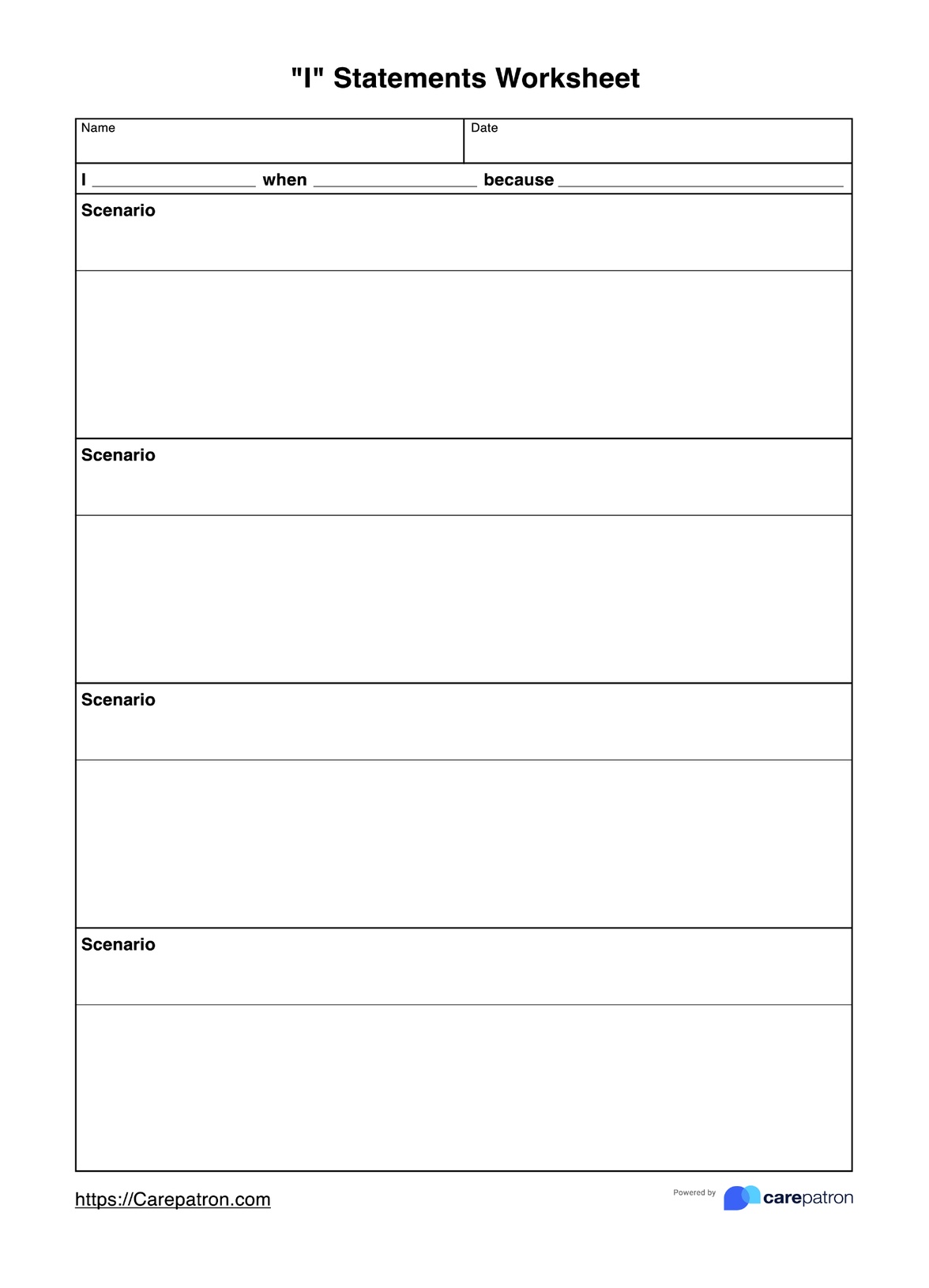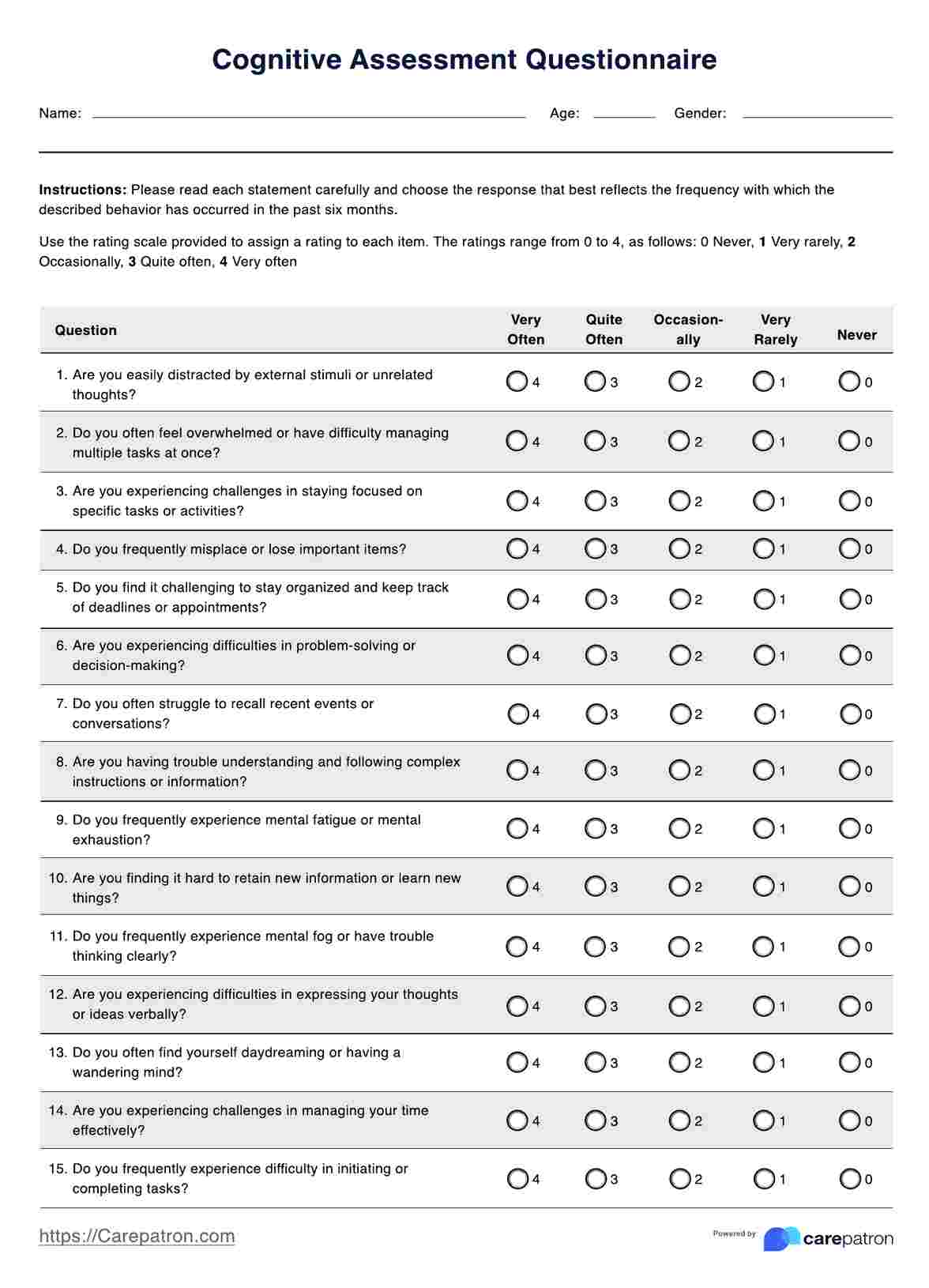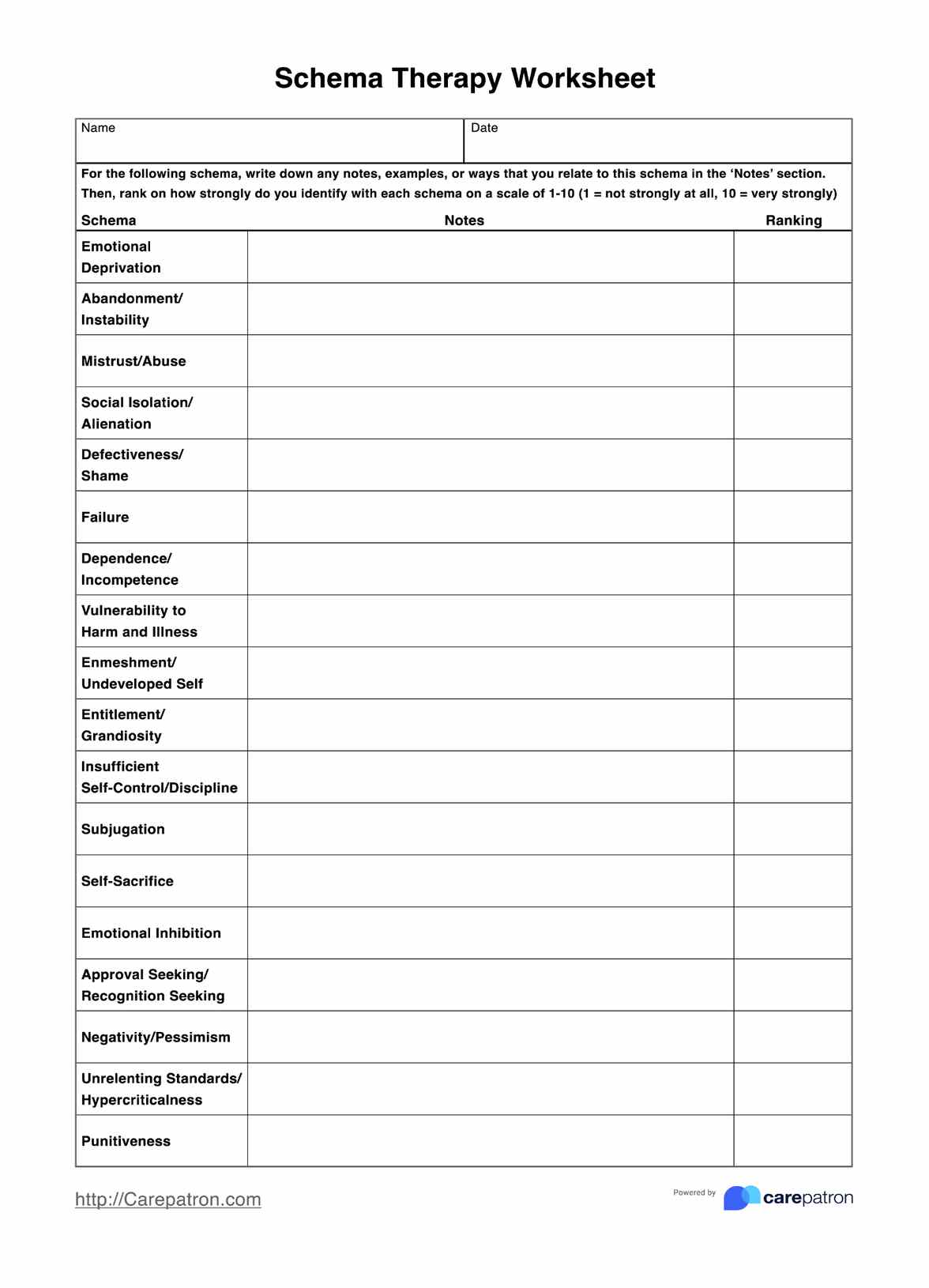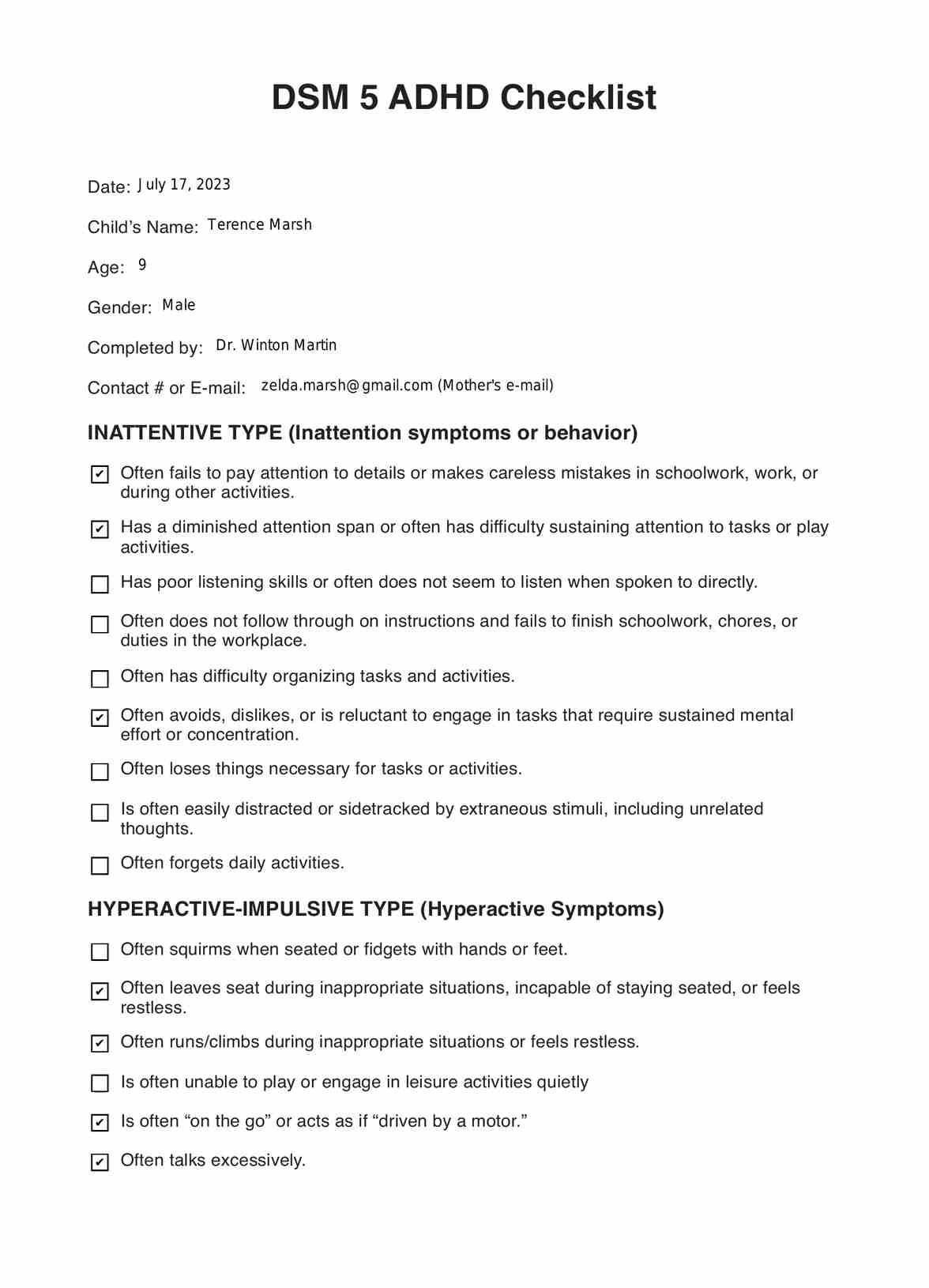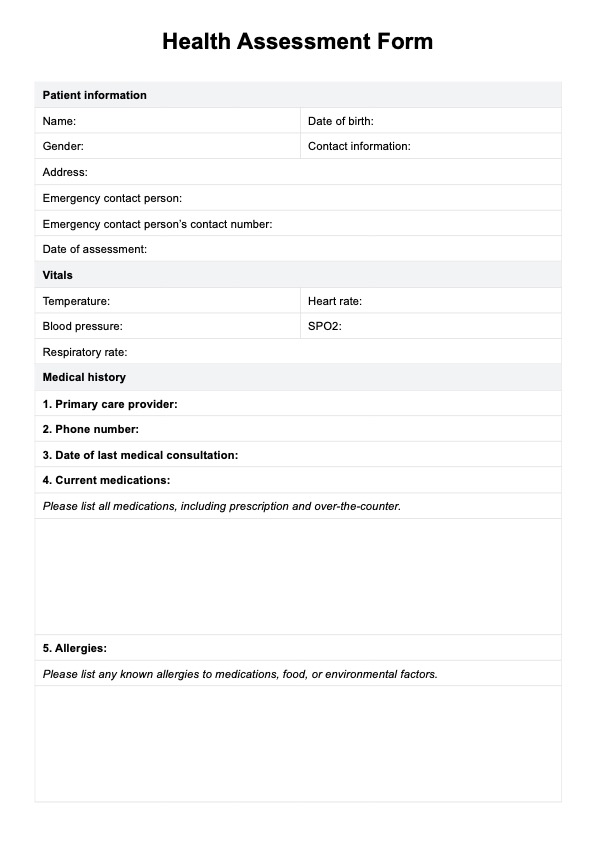Interpreting Body Language DBT Worksheet
Unlock the power of Carepatron, your comprehensive DBT therapy app. Easily share resources like the Interpreting Body Language DBT Worksheet for better client care.


What is Dialectical Behavior Therapy?
Dialectical Behavior Therapy (DBT) is a specialized form of cognitive-behavioral therapy that has its roots in treating individuals with borderline personality disorder. Over time, its application has broadened to address various other mental health conditions.
The core philosophy behind DBT revolves around the concept of "dialectics," which is about balancing opposites and finding a middle ground. This approach helps individuals reconcile their need for acceptance with the urge for change.
DBT emphasizes developing four primary skills: mindfulness, distress tolerance, emotion regulation, and interpersonal effectiveness. Mindfulness involves learning to focus on the present moment and accepting it as it is. Distress tolerance equips individuals with the ability to handle and withstand negative emotions rather than trying to escape from them.
Emotion regulation focuses on recognizing and managing emotional reactions. Lastly, interpersonal effectiveness provides techniques to communicate effectively and assertively, fostering healthier relationships.
DBT helps individuals manage intense emotions, cope with distress, and cultivate healthy interpersonal relationships. It gives them the tools to control harmful behaviors and navigate interpersonal interactions more effectively. In, electronic health records can be an invaluable tool for therapists to track progress and personalize treatment plans.
Overall, DBT is an evidence-based treatment offering a comprehensive approach to mental health care, promoting acceptance and change for individuals struggling with emotional and behavioral regulation.
Interpreting Body Language DBT Worksheet Template
Interpreting Body Language DBT Worksheet Example
How to Use the Interpreting Body Language DBT Worksheet
The Interpreting Body Language DBT Worksheet is designed to enhance one's ability to understand and interpret body language, a crucial facet of effective interpersonal communication. By accurately reading body language, individuals can improve their interactions, build stronger relationships, and navigate social situations more effectively.
Step 1: Observation
In this phase, you must closely observe the non-verbal cues exhibited by the person you are interacting with. Non-verbal cues include facial expressions, posture, gestures, eye contact, and other physical signals. By paying attention to these subtle signs, you can gain insights into the other person's feelings and attitudes that might not be openly expressed.
Step 2: Interpretation
Once you've observed the body language, guess what the observed body language might signify. It's important to remember that interpretations of body language can vary based on cultural differences and personal habits. Therefore, interpretations might only sometimes be accurate. If you're uncertain about what the body language means, asking for clarification is crucial to avoid misunderstandings.
Step 3: Response
Your response should be based on your interpretation of the body language. This could involve mirroring the body language, which often helps build rapport and understanding. Alternatively, you might need to adjust your body language to convey your feelings or reactions more effectively.
Our printable Interpreting Body Language DBT Worksheet enhances one's interpersonal communication skills. By observing, interpreting, and responding to body language effectively, individuals can foster better understanding and improve their social interactions.
When Would You Use this Interpreting Body Language DBT Worksheet?
The Interpreting Body Language DBT Worksheet is an invaluable tool to enhance one's comprehension and interpretation of non-verbal cues. Its application is versatile, catering to various situations where understanding body language plays a pivotal role.
For individuals, this worksheet becomes particularly beneficial when navigating social interactions that require adept communication skills. These can range from professional settings, like job interviews, where interpreting the interviewer's subtle cues can provide a competitive edge, to personal scenarios, such as dates or family gatherings, where grasping the nuances of body language can facilitate improved relationships. The worksheet is also an excellent resource for those who find social interactions challenging or wish to refine their communication skills further.
Within the healthcare sector, the Interpreting Body Language DBT Worksheet is a significant asset for professionals in mental health fields. Psychologists, therapists, and counselors can incorporate this tool into their practice to assist clients in enhancing their interpersonal skills.
Using this worksheet, these professionals can guide clients to observe, interpret, and respond appropriately to body language cues, helping them navigate social situations more effectively.
Furthermore, the worksheet can be instrumental in Dialectical Behavior Therapy (DBT), where interpersonal effectiveness is a key focus. By helping clients understand and react to body language, healthcare professionals can reduce misunderstandings, improve client's social interactions, and consequently, boost their overall quality of life.
The Interpreting Body Language DBT Worksheet is an adaptable tool that can be employed whenever needed to bolster communication skills through understanding and interpreting non-verbal cues.
What are the Benefits of Using this Interpreting Body Language DBT Worksheet?
Our free Interpreting Body Language DBT Worksheet is a powerful tool to enhance one's comprehension and interpretation of non-verbal cues. The benefits of using this worksheet are diverse, ranging from improved communication skills to increased mindfulness.
Enhanced Communication Skills
Understanding body language is a fundamental aspect of effective communication. By interpreting the non-verbal cues people often unconsciously display, the Interpreting Body Language DBT Worksheet users can significantly improve their communication skills. This leads to more meaningful interactions and stronger relationships.
Boosted Emotional Regulation
Emotional regulation is another key benefit of using the Interpreting Body Language DBT Worksheet. Individuals can better manage their emotional responses by gaining insight into others' body language. This understanding allows for more measured reactions and helps prevent misunderstandings that strain relationships.
Increased Mindfulness
Mindfulness, a core component of DBT, is also promoted through this worksheet. Focusing on body language encourages individuals to be present at the moment and fully engaged in their interactions. This heightened awareness can lead to more thoughtful responses and a deeper understanding of others.
While there isn't specific research highlighting the benefits of the Interpreting Body Language DBT Worksheet, numerous studies underscore the importance of understanding body language in improving communication, emotional regulation, and mindfulness. For instance, an article discusses how observing and interpreting body language can enhance social interactions.
Our free Interpreting Body Language DBT Worksheet offers a structured approach to understanding body language, leading to improved interpersonal skills and overall personal growth.
Commonly asked questions
The time it takes to complete the Interpreting Body Language DBT Worksheet can vary depending on the individual's pace and the complexity of the scenarios provided.
The Interpreting Body Language DBT Worksheet can help improve a person's ability to interpret body language, enhancing their communication skills and relationships.
The Interpreting Body Language DBT Worksheet can be used as part of DBT therapy sessions or as a standalone tool for anyone wishing to improve their understanding of body language.
Anyone can use the worksheet, but it can be particularly beneficial for individuals undergoing DBT therapy or those who want to enhance their interpersonal communication skills.

.jpg)
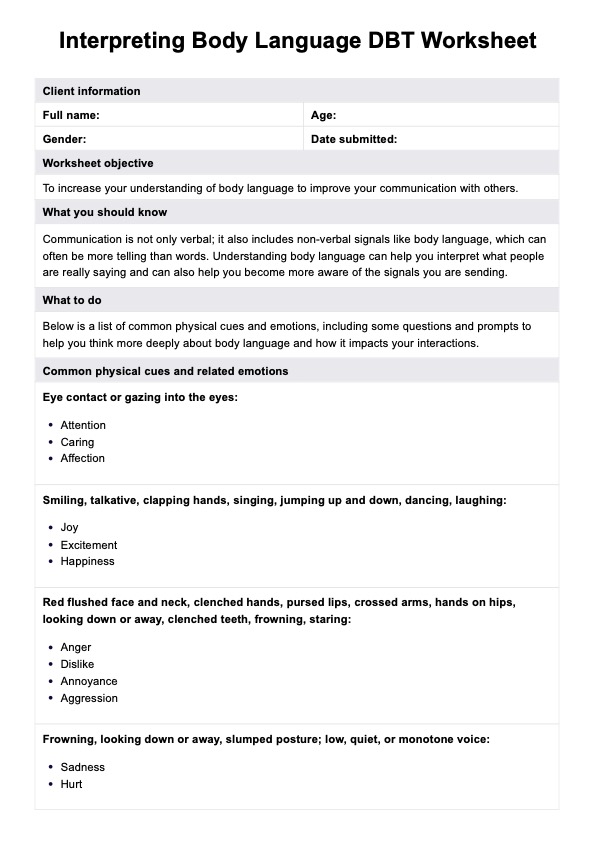
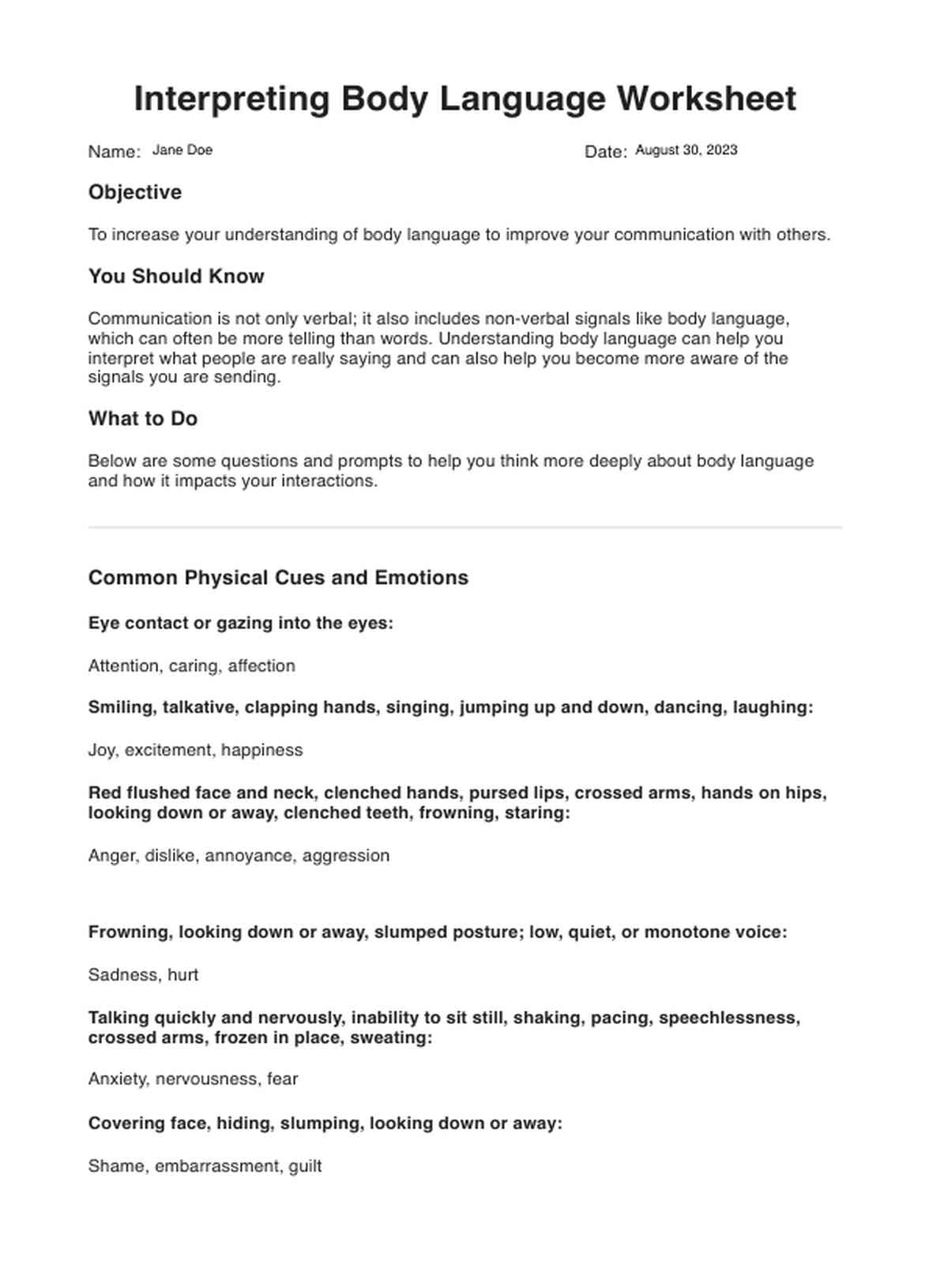

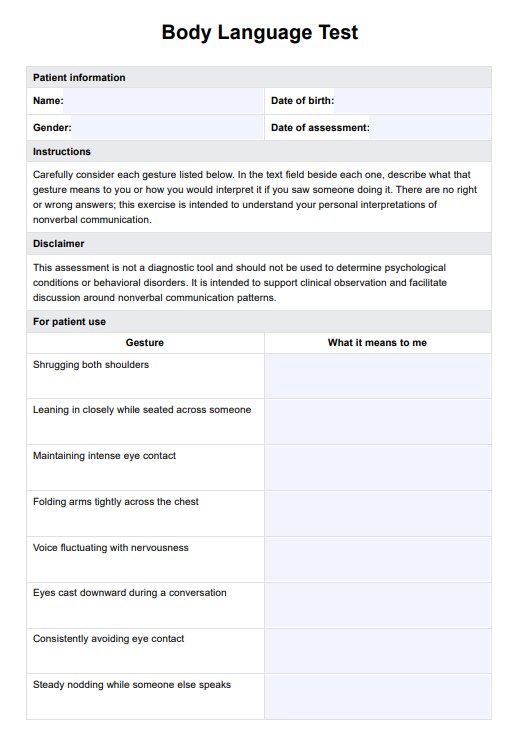








-template.jpg)






